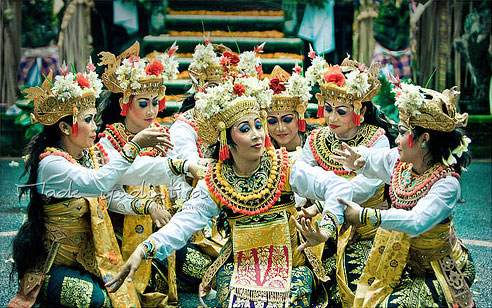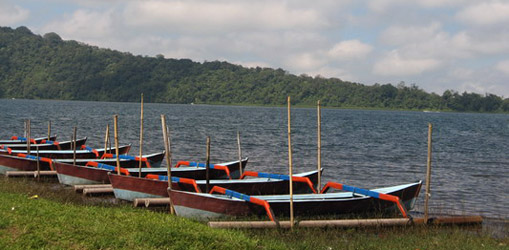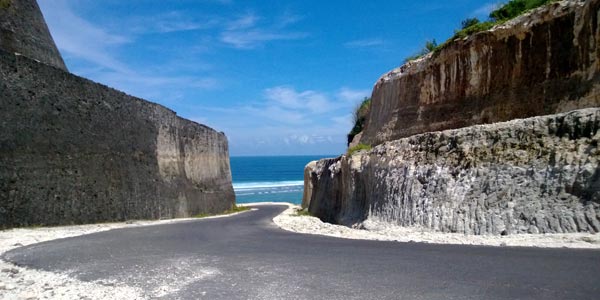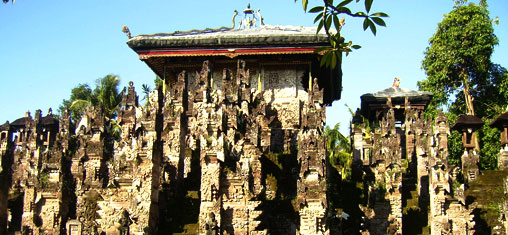Originating in the royal courts of 17th century Bali, Gambuh Dance combines dialogue, music and dance to enact romantic tales of courtly life, love and political intrigue based on the adventures of Panji, a historic Javanese prince.
Gambuh Dance requires a large cast of dancer-actors and musicians and is distinctive and difficult to perform for various reasons, including its Kawi (an ancient form of the Javanese language) text, which few people understand today, and the unusual meter-long, end-blown bamboo flutes of its orchestra, which take years to master.
In Gambuh, the dance-drama is accompanied by a small gamelan group consisting of about 17 musicians. The dancers can number anywhere from 15 to 25 depending on the lakon (story) and the availability of performers. Formerly, Gambuh Dance casts could number 60 to 70 performers and crew, made up of all levels of society. Contemporary performances typically last two to three or more hours; in the past they could last a few days.
The heart of the dramatic spectacle of a Gambuh Dance performance is not so much the plot unfolding as the continuous presentation of its illustrious dramatic personae, always preceded and accompanied by their attendants, who translate the ancient Javanese court language, Kawi, into Balinese for the audience.
Gambuh is performed in only a pocketful of villages today, including, Batuan and Pujung in Gianyar, Pedungan in Denpasar, Anturan in Buleleng, Budakeling in Karangasem and Tumbak Bayu in Badung.






